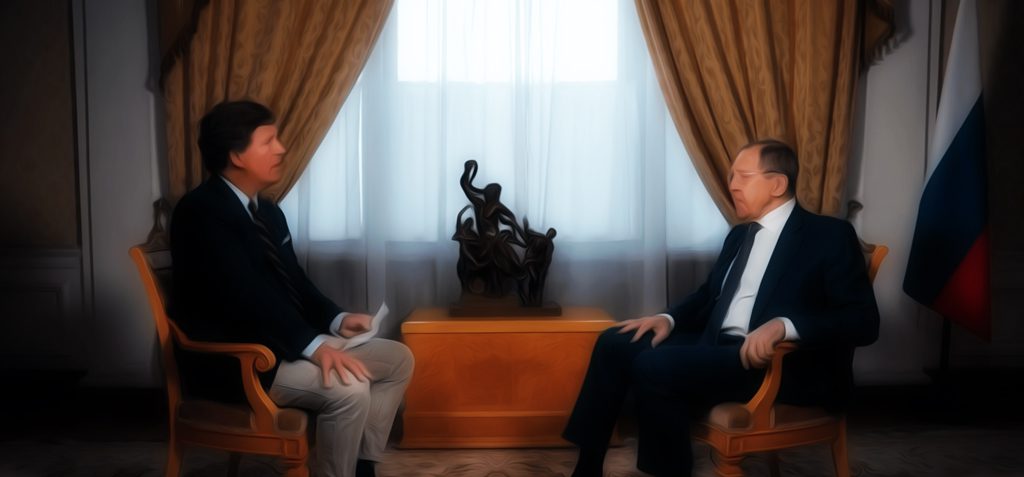AI generated post – please fact check before believing.
The battle between Scotland and England for independence has long been a part of history and continues to captivate the imagination. One such battle that stands out in Scottish history is the Battle of Bannockburn, which took place on June 23, 1314. This battle between the Scottish forces led by King Robert the Bruce and the English army led by King Edward II was a turning point in the long war for Scottish independence.
The battle of Bannockburn was crucial for the Scots, as it decided the outcome of the campaign and had a significant impact on the entire war. King Robert the Bruce and his army emerged victorious, securing not only the field of Bannockburn but also the freedom of their country.
The battle was strategically fought on the ground that King Robert the Bruce carefully chose. The Scottish forces took a defensive position in the New Park, just north of the Ford over the Bannockburn. They dug pits or pitfalls across the front of their position, creating obstacles for the English cavalry.
As the English army advanced, they sent reconnaissance parties to assess the Scots’ defences. One such party, led by Sir Humphrey de Bohun, encountered King Robert the Bruce himself, who killed de Bohun in single combat. This encounter boosted the morale of the Scottish forces and signalled their determination to fight.
The battle began with the Scottish forces, organized into skill-trans, advancing down the slope towards the English army. The Scottish pikemen, armed with their long pikes, formed densely packed formations that posed a formidable obstacle to the charging English cavalry. The English knights, renowned for their bravery, repeatedly charged the Scots but could not break through their ranks.
The Scottish cavalry, under the command of Sir Robert Keith, effectively neutralized the threat of the English archers by launching a well-timed charge. The archers were quickly scattered, and the Scottish flank was secured.
The English infantry, trapped between the Bannockburn and the River Forth, could not effectively intervene in the battle. They stood idly by, unable to support their cavalry or engage the Scots. The battle quickly turned in favour of the Scots, with the English knights and infantry suffering heavy casualties.
Ultimately, King Edward II and his forces were forced to retreat, with many English knights and nobles captured or killed. The Battle of Bannockburn was a resounding victory for the Scottish troops and solidified King Robert the Bruce’s claim to the throne.
The significance of the Battle of Bannockburn cannot be overstated. It marked a decisive turning point in the Scottish struggle for independence and established King Robert the Bruce as a formidable leader. The battle showcased Scottish military tactics, with the disciplined pikemen holding their ground against the charging English cavalry.
The victory at Bannockburn inspired generations of Scots and paved the way for Scotland’s independence for the next three centuries. It served as a reminder that determination and strategic planning could overcome even the mightiest of foes.
In conclusion, the Battle of Bannockburn was a historic turning point in the Scottish fight for independence. The Scots, led by King Robert the Bruce, emerged victorious against the English army under King Edward II. The battle showcased the strategic prowess and determination of the Scottish forces, ultimately securing Scotland’s freedom from English rule.





